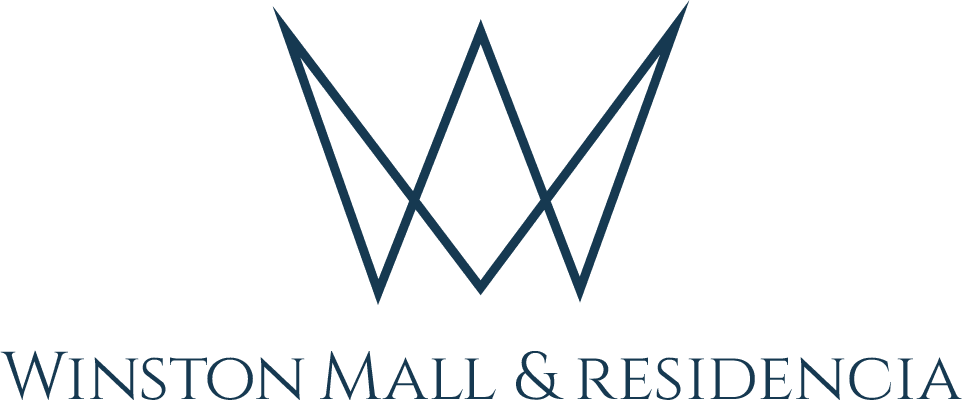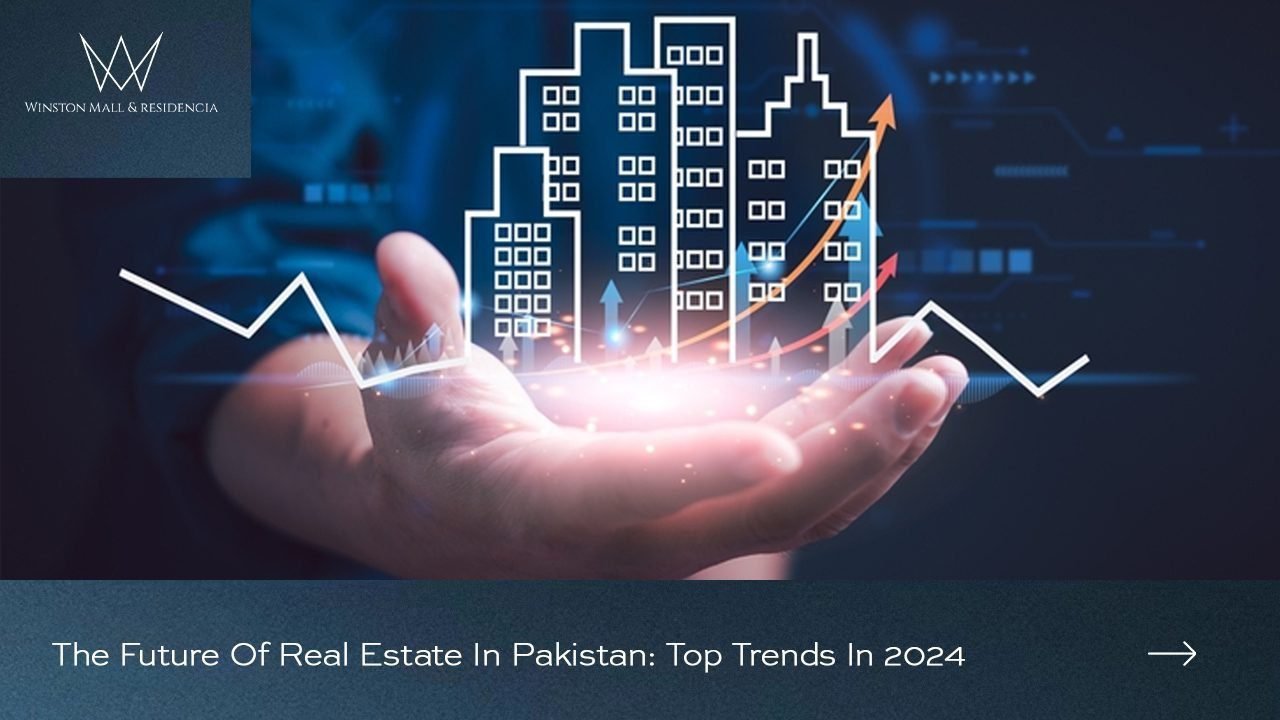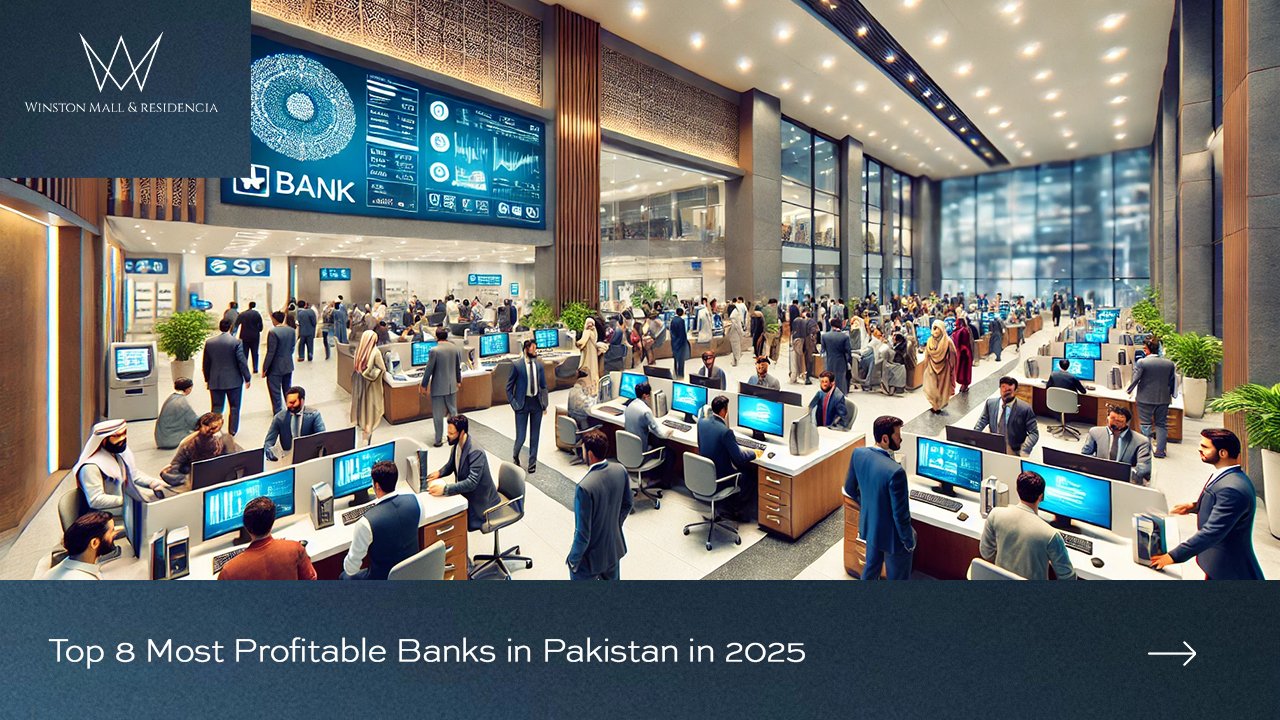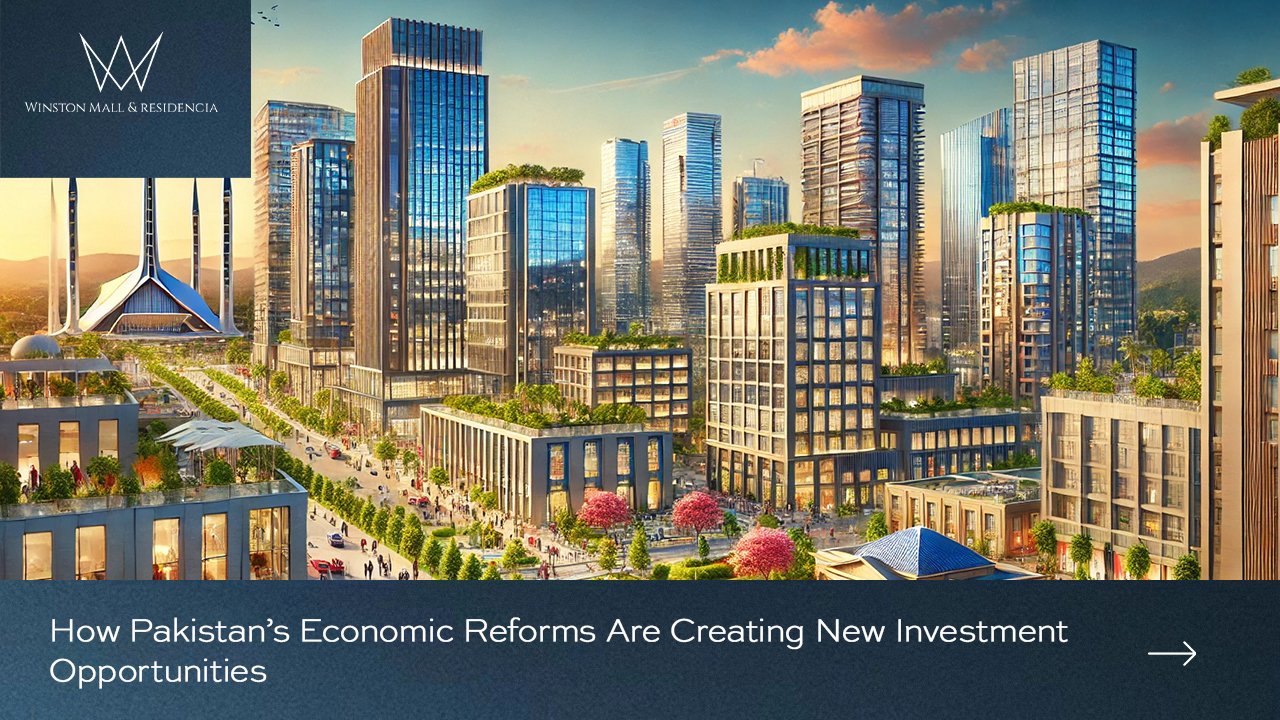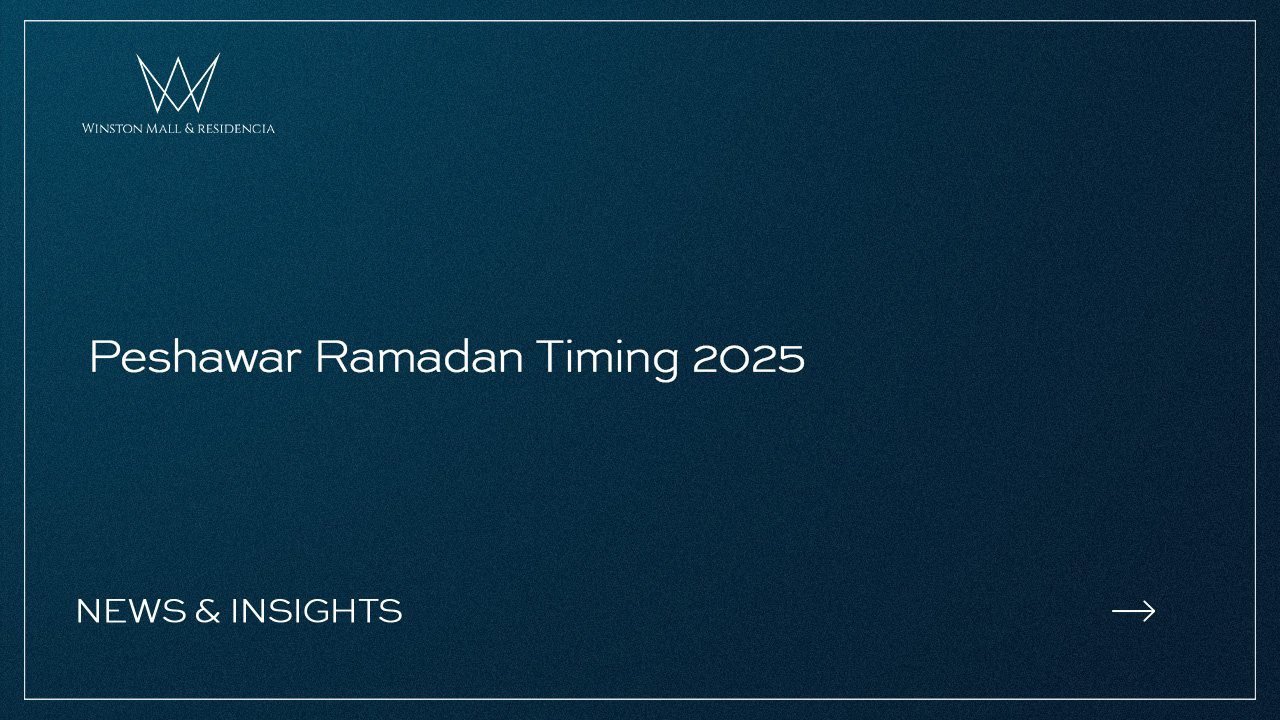The real estate sector in Pakistan has long been a barometer for the country’s economic health and development trajectory. As we look towards 2024, the industry stands at a crossroads, poised for significant transformation. The skylines of major cities like Karachi, Lahore, and Islamabad continue to evolve, reflecting the changing demands of a growing population and modernizing economy.
Pakistan’s real estate market has deep roots in the nation’s history, shaping urban landscapes and influencing socioeconomic patterns. From traditional housing structures to modern high-rises, the sector has witnessed remarkable changes over the decades. These developments have not only altered the physical appearance of cities but also played a crucial role in attracting domestic and foreign investments.
As we examine the future trends for 2024, it’s essential to consider how historical legacies and current economic conditions are molding the real estate landscape. The industry faces both challenges and opportunities, from technological advancements to shifting demographic needs. This blog post aims to provide insights into the key trends that are likely to define Pakistan’s real estate market in the coming year, offering a glimpse into how this vital sector might evolve to meet the changing needs of investors, homeowners, and businesses alike.
Table of Contents
ToggleHistorical Background
The concept of private property has been a cornerstone of economic development throughout history. While some economic theorists have expressed concerns about its implications, private ownership has consistently contributed to increased prosperity. For most of human existence, communities were at the mercy of environmental unpredictability. The advent of agriculture marked a turning point, leading to settled communities and the development of advanced societies.
Emile Durkheim, considered the founder of sociology, traced the origins of modern capitalism to rapid development across various economic sectors. Industrial growth fostered deeper connections between disparate areas, paving the way for what we now recognize as modernity. A key aspect of this modernization process has been the mass movement from rural to urban areas, driven by people’s aspirations for greater opportunities and excitement.
The Urban Pull
The allure of urban life stems from the desire for greater connectivity and access to development and innovation. People seek to be part of the current zeitgeist, consuming more experiences and staying connected to progress. However, this rapid pace of change can sometimes lead to feelings of frustration or irrelevance for those struggling to keep up.
Real Estate Industry Growth
The real estate industry exemplifies the remarkable development seen over the past decade. Globally, real estate has experienced a boom and is often viewed as a secure investment. This perception has led to the continual emergence of real estate agencies and development firms, each vying for attention with promises of exceptional opportunities.
Pakistan’s Real Estate Landscape
In Pakistan, the real estate sector has become a subject of widespread discourse and debate. New housing societies are constantly emerging, promising luxurious, modern, and marvelous living conditions. A prime example of success in this industry is Bahria Town, founded by Malik Riaz. This project has expanded to several cities within Pakistan, setting a new standard for private real estate development.
Bahria Town’s success lies in its ability to provide safe and friendly communities, winning over a significant portion of Pakistan’s middle class. It has developed stable infrastructure in major cities and attracted businesses across various sectors, including healthcare, education, food, and technology.
Emerging Developments
Following Bahria Town’s success, several new housing societies have emerged, such as Blue World City, Eighteen, Silver City, and Lake View City. These developments primarily target highly developed cities, with exceptions like AH City in D.I. Khan.
Investment Considerations
The decision to invest in real estate is complex and depends on numerous factors, including budget, size requirements, and the administrative competence of the real estate company. Before making any investment decisions, it’s crucial to analyze general economic trends and conduct thorough research on specific projects and developers.
Upcoming Trends 2024
Rising Investments
The real estate sector in Pakistan is showing strong signs of growth. Population increase and urbanization are driving demand for housing infrastructure. Census data reveals that 36.4% of Pakistan’s population resides in urban areas, a figure expected to reach 50% by 2050, according to UN statistical analysis. The Asia Pacific region, including Pakistan, has seen the largest growth in the global real estate market at 3.2%. This trend is likely to continue as the global economy recovers from recent challenges.
Expansive Projects in Various Cities
Real estate development is spreading beyond Pakistan’s major urban centers. The AH Group of Companies exemplifies this trend with projects in the country’s northern regions. A notable example is the AH Tower in Peshawar, the city’s first residential high-rise. This 10 Kanal project, set to be completed in four years, is connected to the city center via the Northern Bypass Road. Such developments outside traditional real estate hotspots signal a broadening of the industry’s scope.
Homes for Lower Income Groups
Both private and public sectors are addressing the housing needs of lower-income groups. The government’s Naya Pakistan Housing Project (NYHP) aims to provide affordable housing on a large scale. Plans for a prefabricated housing plant are also underway, offering a cost-effective and environmentally friendly alternative. These prefab houses use raw materials that are less harmful to the environment, aligning with global sustainability trends.
Conclusion
The real estate industry in Pakistan reflects global patterns of urbanization, population growth, and rising living standards. Despite economic challenges, the sector continues to attract investment and consumer confidence. Private companies are developing equity funds, and there’s a growing interest in high-quality living standards. As Pakistan navigates economic uncertainties, the real estate market remains a focal point for those looking towards a promising future.
